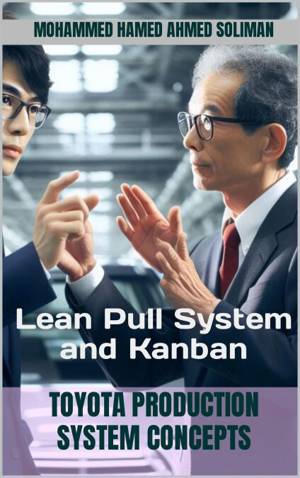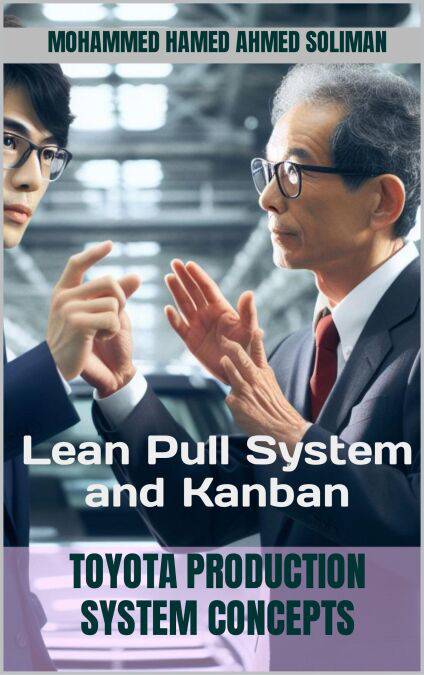
- Retrait gratuit dans votre magasin Club
- 7.000.000 titres dans notre catalogue
- Payer en toute sécurité
- Toujours un magasin près de chez vous
- Retrait gratuit dans votre magasin Club
- 7.000.0000 titres dans notre catalogue
- Payer en toute sécurité
- Toujours un magasin près de chez vous
Description
A way to control production where activities that come after in the process communicate what they need to activities that come before. Pull production aims to reduce or remove excessive production and is one of the three key elements of a complete just-in-time production system.
In pull production, a step that comes after another step, either in the same place or somewhere else, tells the step before it what stuff or materials are required, how much is needed, and when and where it should be delivered. The supplier doesn't make anything until the customer asks for it. This means the opposite of when things are made and then sold.
Just-in-Time (JIT) has three important components: Pull, Takt, and Continuous Flow. And Heijunka is the basis of all of them.
Spécifications
Parties prenantes
- Auteur(s) :
- Editeur:
Contenu
- Langue:
- Anglais
- Collection :
Caractéristiques
- EAN:
- 9798215942802
- Date de parution :
- 25-10-23
- Format:
- Ebook
- Protection digitale:
- Adobe DRM
- Format numérique:
- ePub

Les avis
Nous publions uniquement les avis qui respectent les conditions requises. Consultez nos conditions pour les avis.






